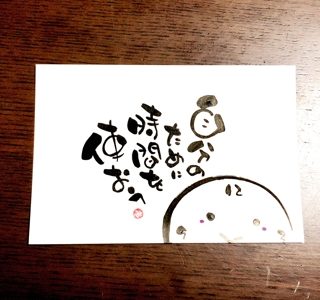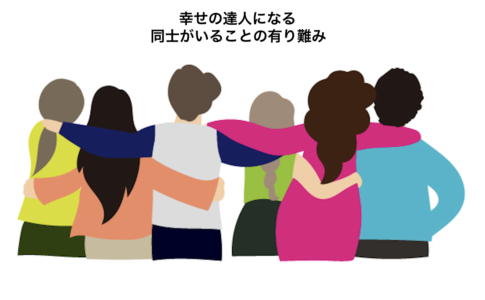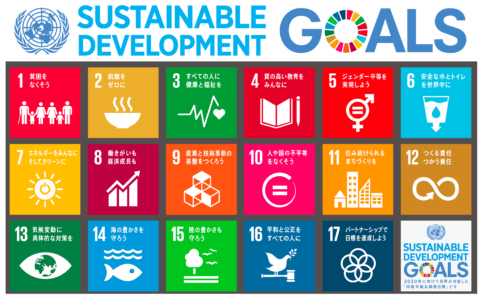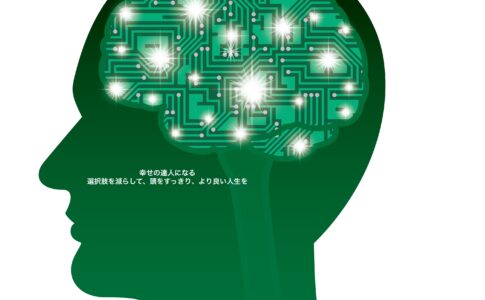顕在意識と潜在意識の違いを語る時に、氷山を例えに使われることがあります。
海面に浮かんで目視出来る氷山(顕在意識)は、海中に沈んで見えない氷山全体(潜在意識)の一角でしかないという表現です。
割合で見ると、顕在意識はわずか、3-10% で、潜在意識が90-97% を私たちの脳の意識を占めていると言われています。
それでは、潜在意識とはどのように作られるのでしょうか。ネットで調べてみると潜在意識とは、過去の経験などによって無意識のうちに蓄積された価値観、習慣、思い込みから形成された、自覚されていない意識である。
と説明されていました。
つまり、私達は、無意識のうちに、自分が信じている価値観や思い込み、また習慣を元に判断したり、行動しているということになる訳ですね。
私自身は、この潜在意識を変えていくことが、自分をアップグレードしていく、成長させていく上で最も大切なことなのではないかと思っています。
つまり、過去の体験や経験から形成された価値観や習慣、思い込みを、新しい成功体験や経験、挑戦を積み上げて、どんどんと上書きしていくことが、生きがいであり、人生を楽しむコツなのかなと感じています。
さて、それでは、今日も一日、新しいことを学べることに感謝しながら過ごして行きます。
(English)
When talking about the difference between the subconscious and the manifest mind, an iceberg is sometimes used as an analogy.
The iceberg that floats on the surface of the ocean and can be seen (the manifest consciousness) is only a small part of the entire iceberg that is submerged in the ocean and cannot be seen (the subconscious consciousness).
It is said that the subconscious mind accounts for 90-97% of our brain’s consciousness while the manifest mind accounts for only 3-10%.
So how is the subconscious created?
According to an Internet search
The subconscious mind is an unconscious awareness formed from values, habits, and assumptions accumulated unconsciously through past experiences.
In other words, we unconsciously make decisions and take actions based on the values, beliefs, and habits we believe in.
I personally believe that changing this subconscious mind is the most important thing to upgrade and develop ourselves.
In other words, I feel that overriding the values, habits, and assumptions formed from past experiences and beliefs by accumulating new successes, experiences, and challenges is the key to making life worth living and enjoying life.
So, with that, I will spend another day being grateful for the opportunity to learn new things.
















コメントを残す